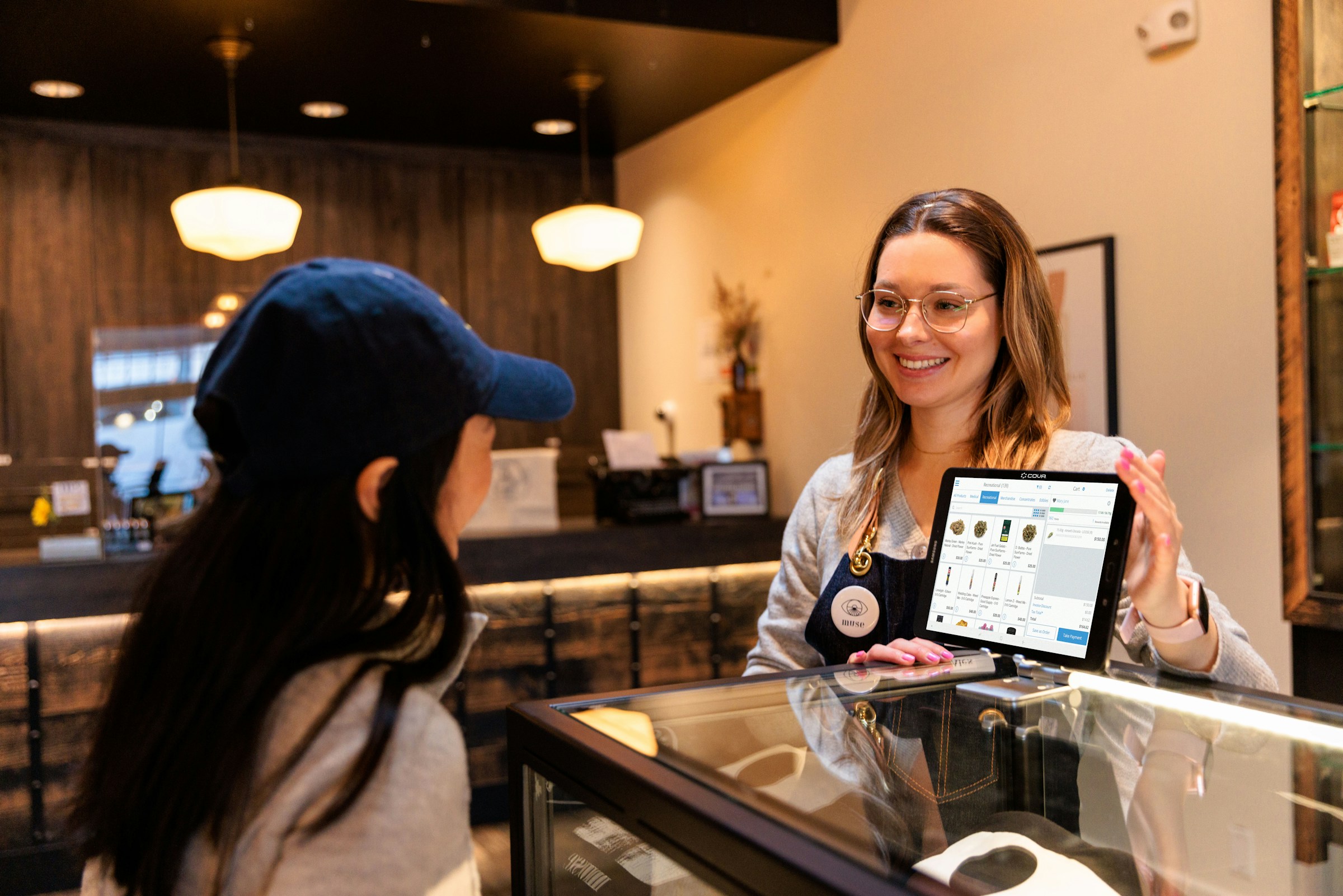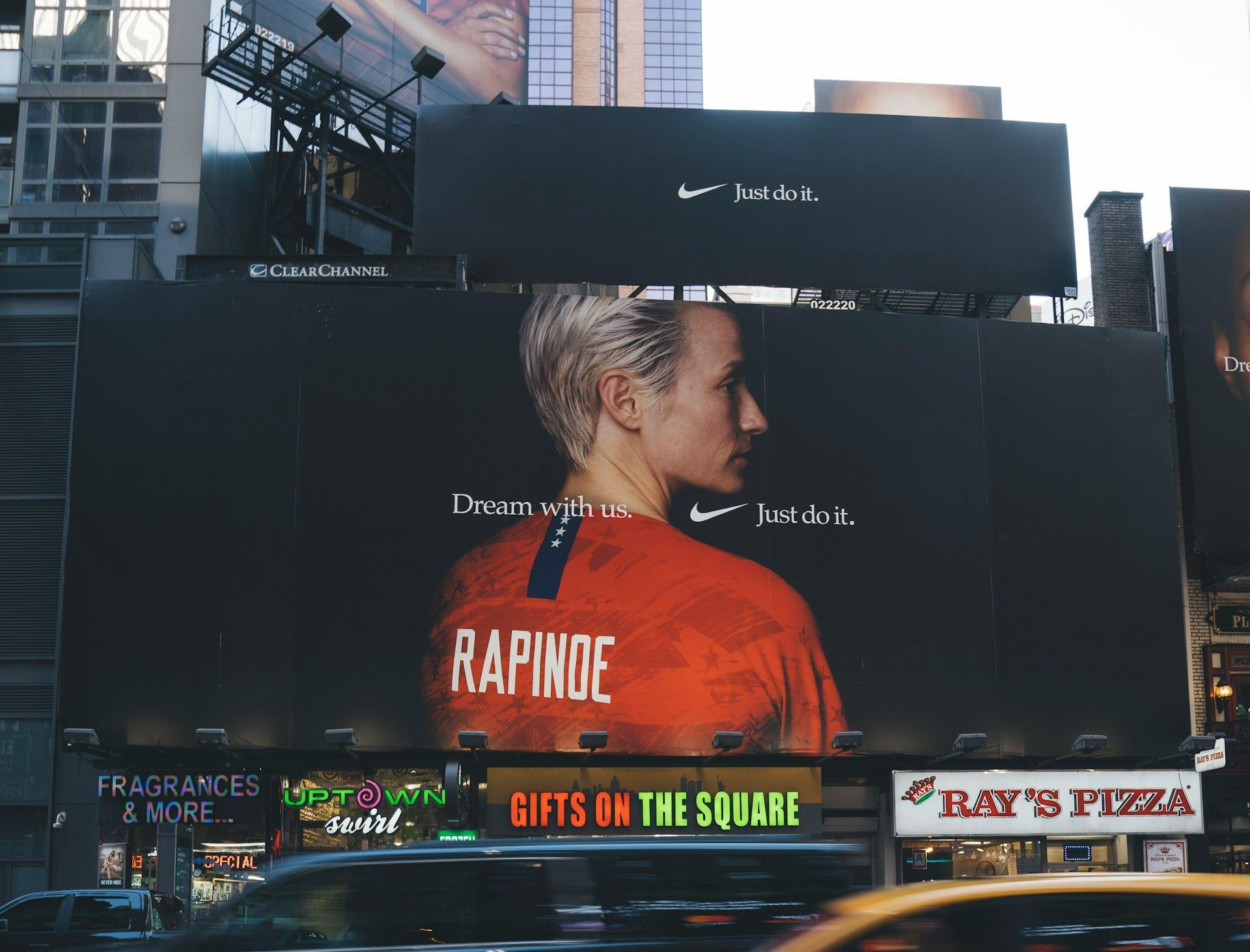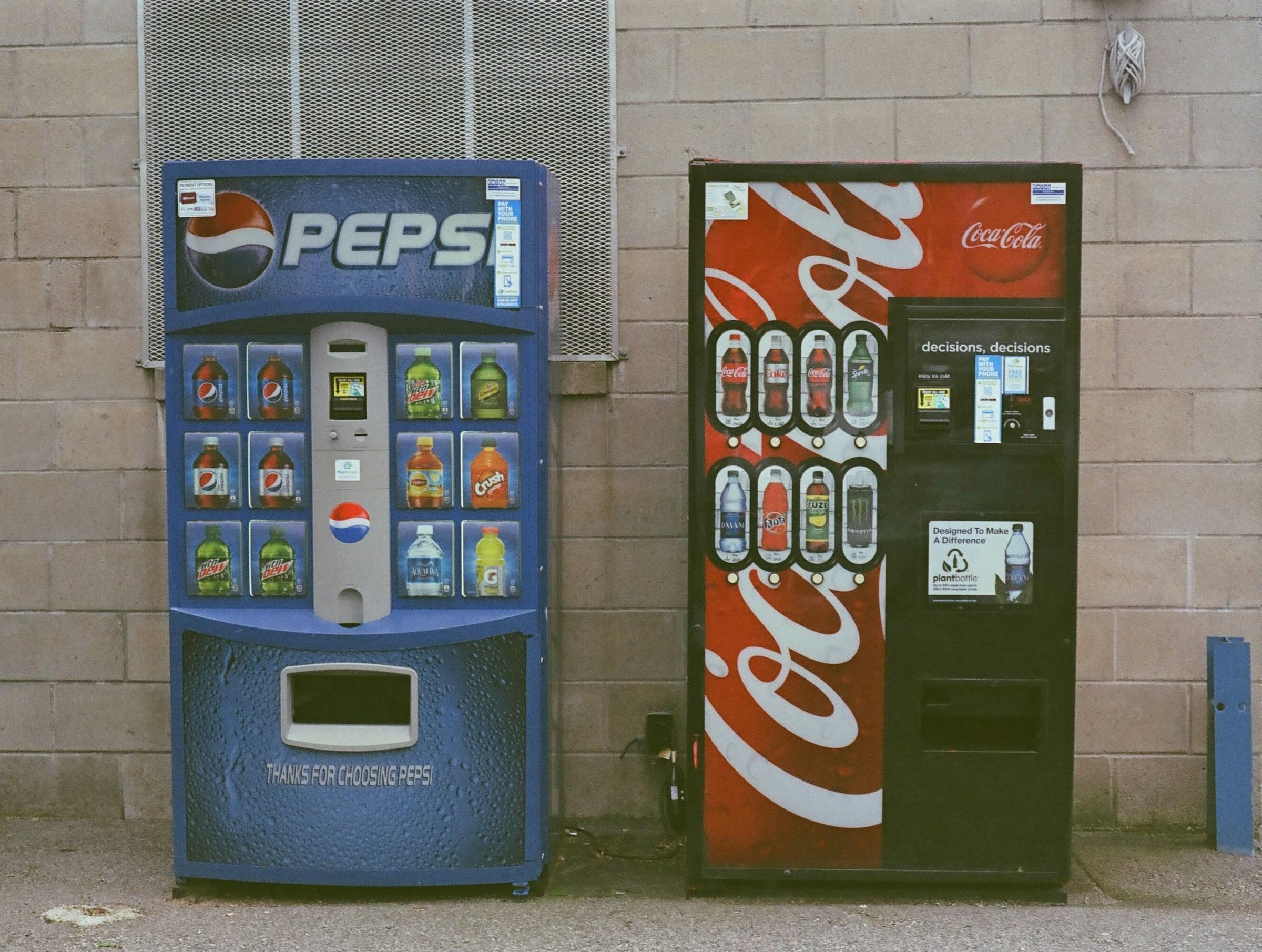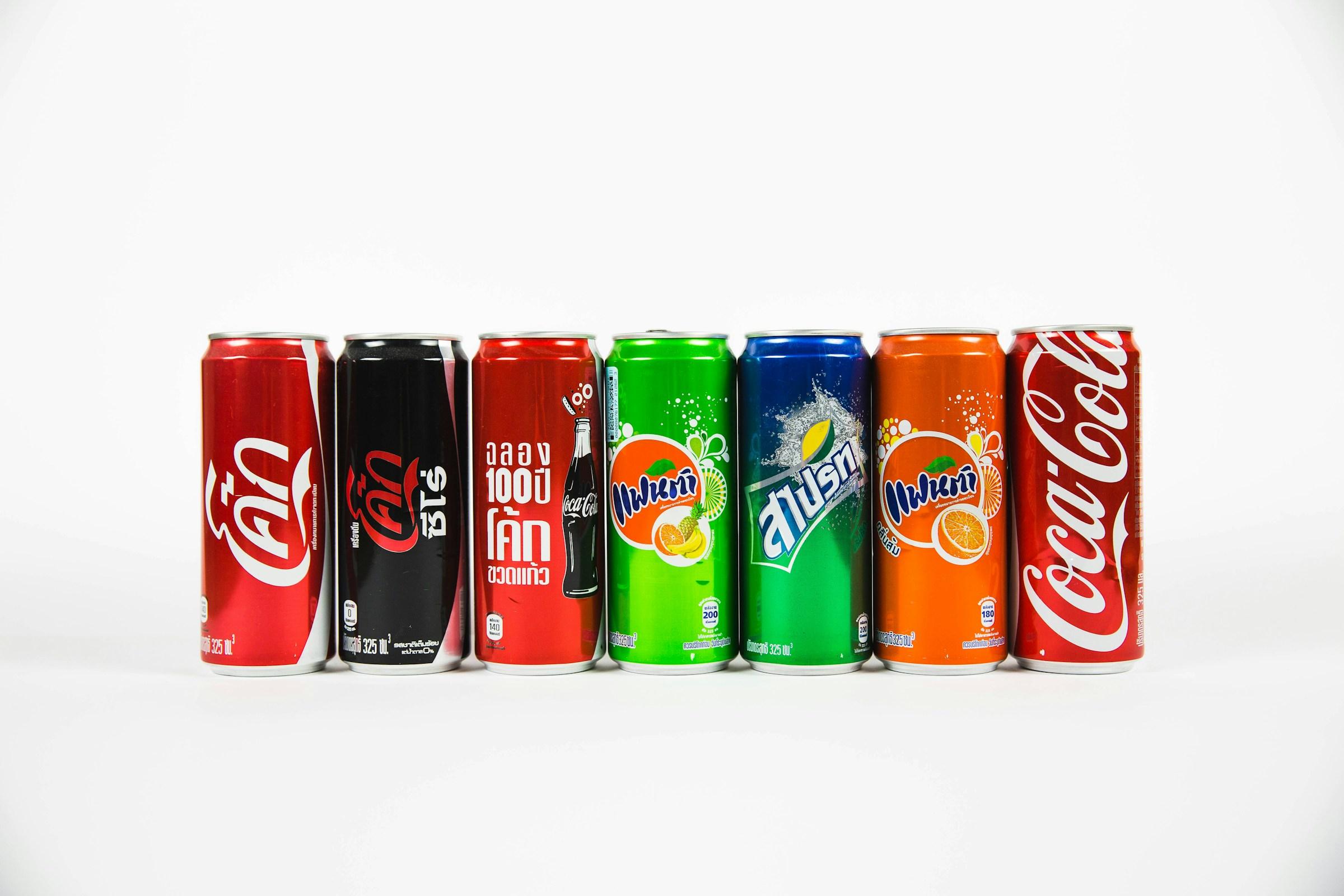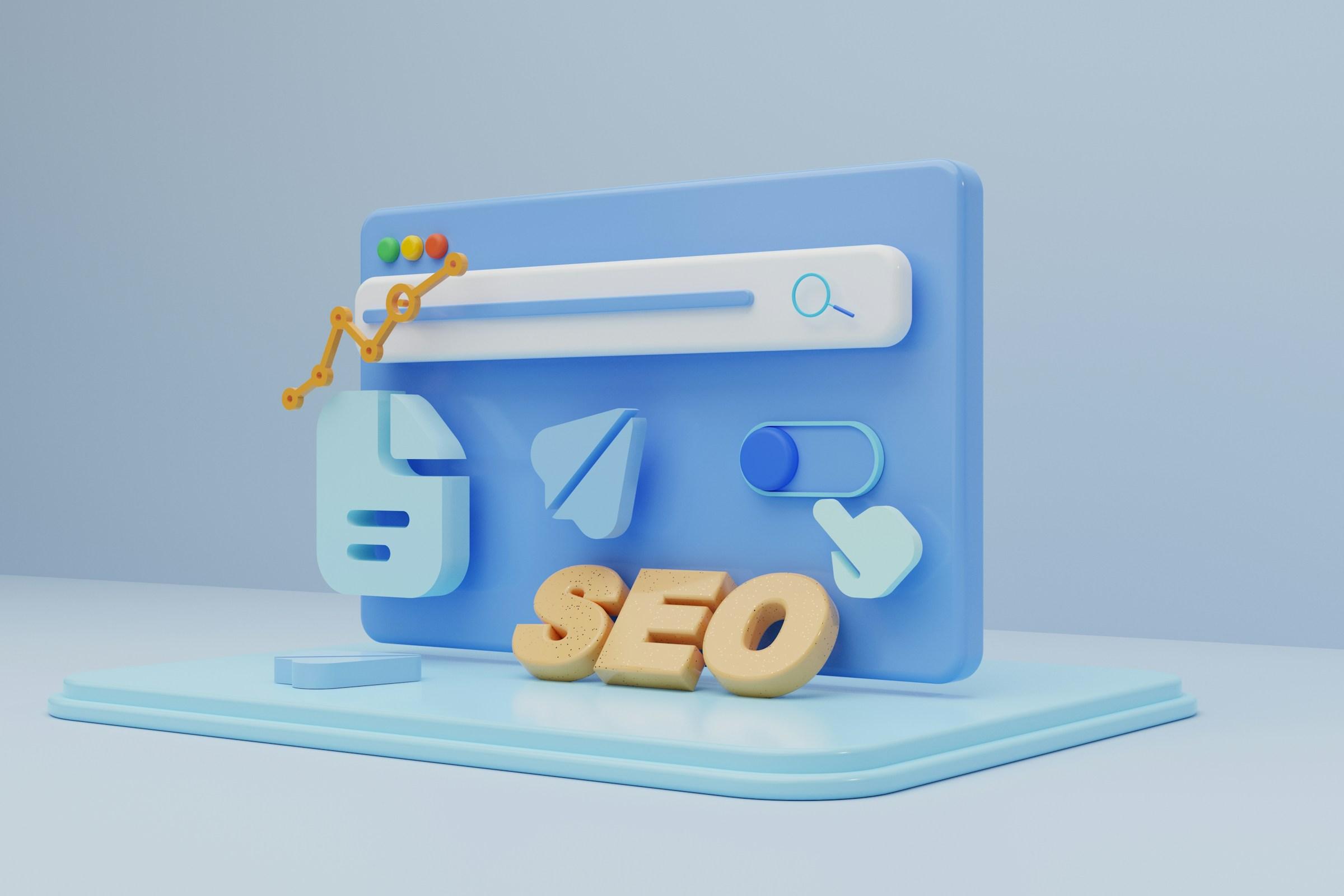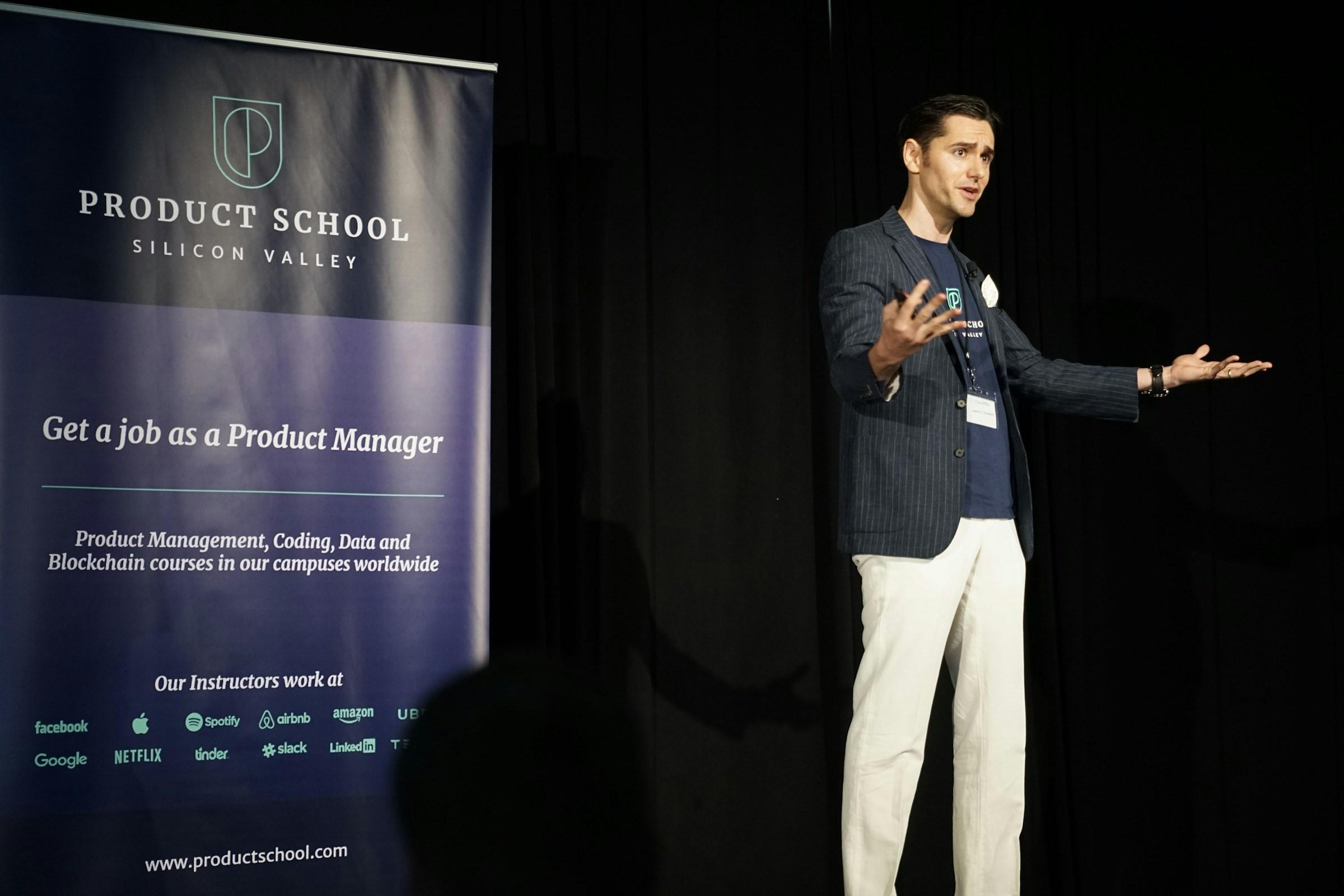A powerful referral program does not behave like a stunt that lights up for a week and fades when the novelty dies. It works like an operating system that runs quietly in the background, converting trust into new customers at a cost that a young company can sustain. When founders talk about referrals as if they are a gift from the universe, they misunderstand where the real power lives. It does not live in vague goodwill or in a coupon that floats around the internet. It lives in design, ownership, and the discipline to measure survival rather than noise.
The first mistake many teams make is to treat referrals as a campaign. They plan a flashy announcement, craft a heroic email, and attach a discount that looks generous at first glance. For a few days the numbers may rise. Then momentum stalls and the team concludes that referrals are unpredictable. What actually happened is simpler. No one owned the program. There was no clear definition of who could refer, when they were invited to refer, and how the reward would be reconciled. A program without an owner is only a hope dressed up as marketing. Power shows up when there is a person with a name, a calendar, and the mandate to coordinate product, marketing, operations, and finance so the machine keeps running after the first week.
Founders often confuse proximity with permission. They believe happy users will share because they like the product. Some will do this once or twice. Most people do not act without a prompt, a path, and a payoff that feels fair. The company must map who is most likely to refer, what moment in the journey makes them proud to recommend, and what reward says thank you without turning the relationship into a transaction that feels cheap. Without this map, the team falls back on a flat incentive that pays the wrong people for the wrong behavior. Sales will say the leads are weak. Engineering will call the program a distraction. The structure is the problem, not the channel.
Referral leads also reveal cracks in onboarding. These users do not arrive through the scripted sequence of a paid funnel. They arrive through the voice of a friend, which means they start with trust that the brand did not earn. If the first run experience is confusing, the referrer becomes unpaid support and the company burns the very credibility that lowered acquisition cost. A thoughtful program aligns the invitation to refer with a milestone that speaks for itself. A productivity app might wait until a user exports a full project. A marketplace might invite a referral only after a sale closes and funds settle. When the trigger follows a clear moment of value, the referrer does not need to plead, the product advocates for itself.
Ownership must be cross functional. Marketing understands how to tell the story and reach the right audience. Product understands where the trigger belongs in the flow and how to build the interface that collects and redeems referrals without friction. Operations understands fraud risks, fulfillment timelines, and reconciliation rules. Finance understands contribution margin and how rewards affect unit economics. If the program sits in one corner of the organisation, you will get a loud launch and a quiet breakdown. Place it under a named owner who can convene the relevant teams, publish clear goals, and manage a review cadence that turns learning into change. The job is not to distribute codes. The job is to produce retained customers at a cost that strengthens the model.
Metrics decide whether referrals feel magical or measurable. Code activations are easy to chase because they appear quickly. The problem is that activations alone tell you nothing about survivability. A referral proves its worth only when the new customer looks like a healthy cohort after the first month and beyond. Subscription products should track paid conversion and ninety day retention for referred users versus paid or organic cohorts. Transactional products should focus on repeat purchase and contribution margin net of rewards. If success is counted at the moment of code redemption, you will celebrate noise and repeat decisions that drain cash.
Incentives should protect trust. Cash is simple and often attractive, but it can invite misuse and attract people who want the payout more than they want the product. Discounts can be fine if economics allow them beyond the first transaction. Access is often the cleanest currency for products where status or utility compounds over time. Early feature access, credits that unlock more usage, or priority support can keep the best users engaged without training them to wait for coupons. Whatever the design, fulfillment must be fast and consistent. If rewards arrive late or in unclear amounts, the company teaches users to stop referring.
Fraud control is a matter of clarity and code. Once a program has visibility, a creative minority will try to extract value from it without real usage. The rules for a valid referral must live inside the product rather than in a manual review queue that exhausts a small team. Device checks, payment method verification, usage thresholds, and time windows make the boundary predictable. It also helps to tell users what the system verifies and why. People accept guardrails when they can see that fairness is the goal. The cost of avoiding this discipline is painful. After one ugly reconciliation, finance will lose trust in the channel and the program will be paused for reasons that sound rational but grow from preventable chaos.
B2B teams face a different shape of referral. Warm intros arrive through networks rather than codes. They deserve a path that is easy to start and simple to track. The sales team needs a way to tag referred opportunities, report on them with integrity, and protect speed without skipping qualification. The temptation with a warm intro is to be polite, to wait for the prospect to set the pace, and to extend the process because the relationship matters. Respect is not the same thing as delay. The best way to honor a referrer is to make the next steps crisp and professional. When referrers see that their introductions are handled well, they keep introducing.
Communication around the program should be as deliberate as the design. A referral invitation that appears at a moment of pride feels natural. A generic banner that shouts at users during a confusing task feels needy. Copy that names the referrer and acknowledges the relationship can set a gracious tone. Interfaces that offer a ready link, a clean one click share to the channels people actually use, and a summary of how the reward works reduce the cognitive load for both sides. Small touches matter here. If the new user sees the referrer’s name during onboarding, the social bridge feels real. If the referrer receives a brief confirmation when their friend completes the key action, the loop feels complete.
Cadence turns a static idea into a system. In the early weeks, weekly reviews help the owner see where friction collects and where fraud appears. Over time, a monthly rhythm can work. What does not work is silence. If the program is absent from the meetings where resource decisions are made, it will slide behind paid acquisition and content partnerships that promise more predictable charts. This drift is not neutral. It starves the referral engine of iteration and convinces the team that the channel is weak. The truth is less dramatic. The channel reflects the quality of the system behind it.
The core question remains. How powerful is a referral program. It is powerful enough to change the shape of your acquisition curve when you treat it like infrastructure. It is powerful enough to reduce risk in the funnel because referred users begin with trust that your brand did not have to buy. It is powerful enough to expose weaknesses in onboarding and storytelling that would have stayed hidden under the polish of a paid funnel. It earns this power only when it is owned, instrumented, and protected by rules that are visible and fair.
There is a final test that decides whether a company has built a real program or a brief campaign that wears a costume. If the team stepped away for two weeks, would rewards still issue correctly, would costs still reconcile, and would referred users still find their way to the moment of value without a human holding their hand. If the answer is no, then the system is not complete yet. Finish the system. Give the program a clear owner, align the referral moment with real value, use a reward that reinforces what makes the product special, protect the boundary with code, and measure outcomes that matter after the first click. Do this work with patience and accountability. The magic will be there, but it will look like a well run machine.



